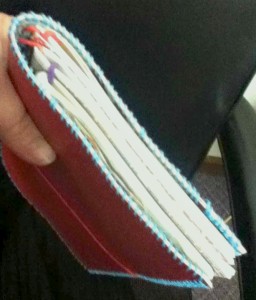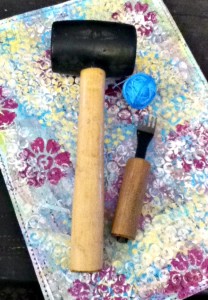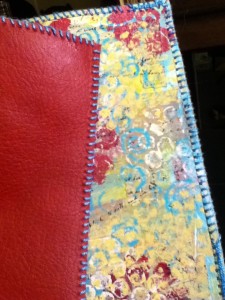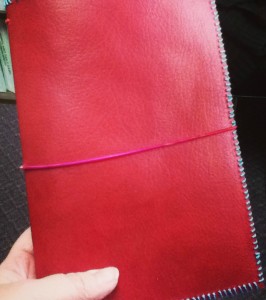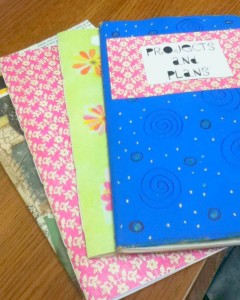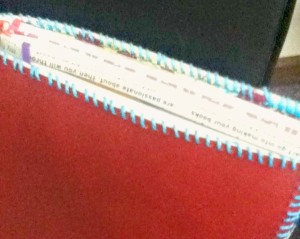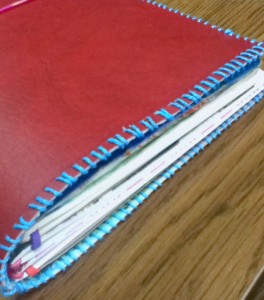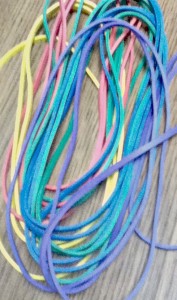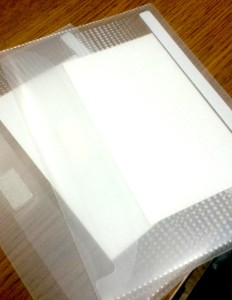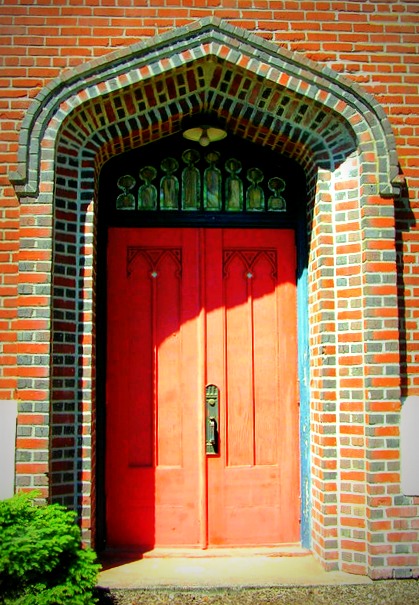This is a newsletter I wrote a few years ago, with a couple of updates because technology changes all the time. Â Some friends and I were talking about technology and how much we use it, and a couple of people I know are talking about taking time away from the internet or at least away from social media. Â Now seemed like a good time to repost this.
Technically Speaking
by Kim Switzer
How do you feel about technology? Does it make your day? Drive you nuts? Is it a helper or a distraction or some of each? Do you run out to get the latest gadgets, or are you still using a cell phone from 2003?
Don't worry if you and technology aren't best buds. You don't have to ditch it and go live in a cave—you can make it work for you and maybe even learn to enjoy it!
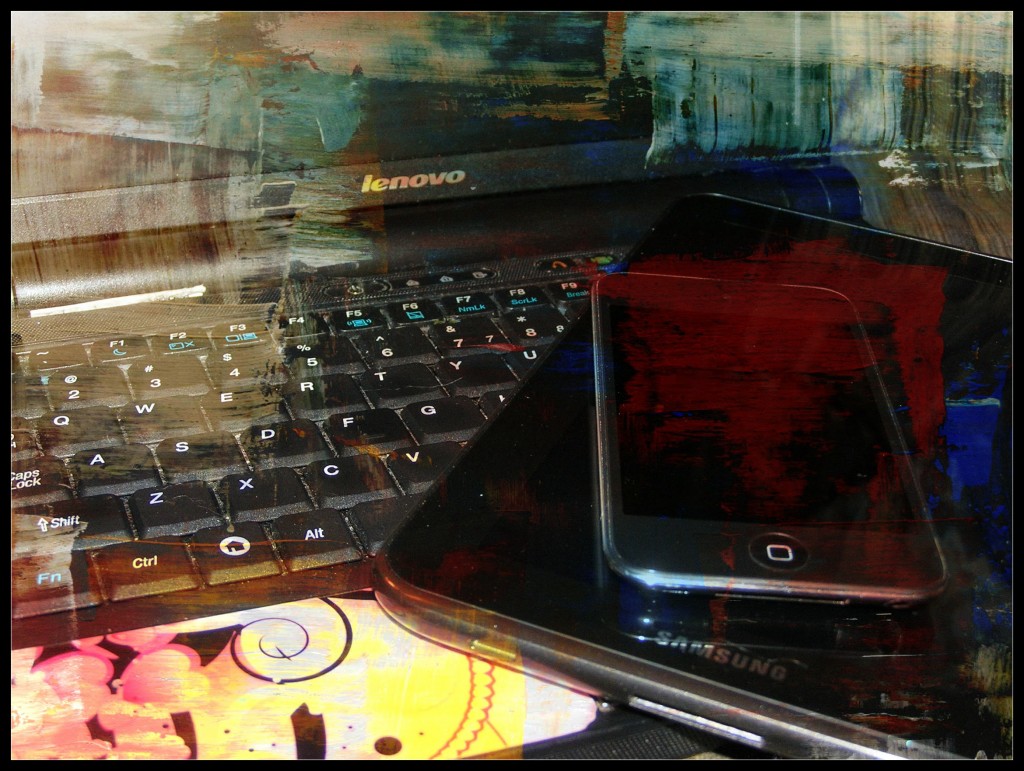
A lot of people have something of a love/hate relationship with technology, especially the internet and social media. I see posts and notes from people fairly regularly saying they are taking a break from technology, going on a technology vacation, etc. The main culprits that seem to send them skittering away from the internet are Facebook, Twitter, and other social media, the things that can suck you in and hold you captive way longer than you intended to stay. So these people disconnect themselves for a while, then they show up again later seemingly rested, rejuvenated, and glad to be back.
I think time away from the internet, the computer, your cell phone, etc. is a great idea. I'm just not sure doing it in big, sometimes dramatic breaks from the internet is the most useful way to do it. I think incorporating times throughout the week where you aren't on the computer (or the iPhone or Android or tablet or any of that) is extremely important for creatives, and doing it regularly is better for your creative balance than doing technology binge-and-purge cycles.
Don't worry that taking regular time away from technology will put you behind or make you miss something. I do very little on the internet or even the computer in the evenings and on weekends. (Unless I'm sick, in which case I spend way too much time on Facebook reading and commenting on any random thing that comes by to distract myself, but that's a special case.) Most of the time on a work night I might check my e-mail and maybe Facebook once in the early evening. This usually takes about half an hour, and then I put down the computer and pick up some knitting or a journal or a book to read. And a kitty. I almost always pick up a kitty. On the weekends, I usually spend an hour or maybe a little more on Sunday evening doing a quick catch-up, but mostly I fill my weekends with AFK (away from keyboard) activities. I get plenty of non-technology time, and it feels really good to pop back in to my e-mail and Facebook and see what people have been up to. Lots more interesting things get a chance to pile up if I don't check
every 15 minutes.
Of course, when I first signed up for Facebook, I was on there all the time. And I still fall into that now and then—hours frittered away mindlessly scrolling and refreshing, looking for who-knows-what. And that's okay. Sometimes we need mindless distraction to let our brains rest. If you find yourself doing it a lot, it doesn't necessarily mean you have to ditch the technology, though. This sort of behavior is actually an excellent road sign. For me, this behavior lets me know that I'm avoiding something that is feeling too hard or overwhelming. And that lets me know I need to examine whatever it is I'm avoiding and find a way to break it down into smaller steps. Technology becomes a mini-coach, helping me realize that something isn't working and I need to give it some attention.
Quick Exercise: If you find yourself procrastinating or numbing your brain with the internet, social media, other technology, or anything else, try a little journaling. Grab your journal and write down this question: “What in my life needs some time and attention from me right now?†Write about it if you like—just let the words come, don't edit or censor yourself. But you don't need to push for an answer. You can just let this question simmer in the back of your mind and be open to what answers may come up later.
How else can you make technology work for you?
Timers: One of my favorite tools to use. I like to set a timer and write as fast as I can for 10 or 15 minutes. I also set a timer when I want to have a little break and poke around on Facebook or elsewhere on the internet but don't want to get sucked in for half a day. Some of my favorite timers:
- My iPod Touch timer with its variety of cute sounds (currently, it's set to “trillâ€).
- Countdown Timer, a free online timer with a variety of options.
- Cool Timer, a nifty, free timer to download that lets you play MP3s and all sorts of sounds.
- Insight Timer, a meditation time available for iPhone, iPad, and Android that uses Tibetan singing bowl sounds; I use it for writing and other things, though, rather than meditation.
 Calendars and To-do Lists: Don't just use these for the normal stuff—deadlines and appointments and anniversaries and such. Get creative! Do you practice The Artist's Way? Put your artist dates on your calendar (one of my friends puts the question “what are you going to do this week?†on her calendar to remind herself to plan an artist date—such a great idea!). Put little questions (like the one from the exercise above) on there so they pop up occasionally and remind you that you want to think about them. Mark off time for working on creative projects, use calendars and lists to remind you that you want to spend time researching a new skill. Put some fun, exciting, creative stuff on there and let your calendars and lists help keep creativity at the forefront of your mind. My faves in this category:
- Google Calendar--it integrates really well across multiple devices, it's really easy to update, and you can get pop-up or e-mail reminders or both.
- Remember the Milk--a great to-do list with options; it integrates with Google Calendar, lets you make lists for multiple categories in your life (I have categories for MuseCraft, writing, household stuff, body and exercise stuff, and a few others), and lots of other good stuff.
- Awesome Note--I love this calendar/to-do list combo! My only complaint about it is that there isn't an Android version.
Various and Sundry Other Bits of Goodness: Â you can use technology to inspire you. Â Sign up for newsletters, poem-a-day e-mails, quote-a-day e-mails, travel photos, cute animal photos--whatever makes you feel happier and more ready to get back to your creativity. Â Use your tech to capture things you want to read later, recipes or tutorials you want to try, classes you want to take, things you want to remember. Â Use music playlists (on your MP3 player or on a service like Pandora) to set your mood, podcasts to keep up with topics you like, funny websites to cheer you out of a slump. Â Use your technology, then set it aside and go outside and play! Â Some of my favorite technology bits:
- Evernote--a great place to capture notes, pictures, whole websites, whatever you want; you can make notebooks, notebook stacks, use tags to make it easy to find your stuff, web clippers that load right in your browser. Â And it integrates across all the devices.
- Pocket--you can put all sorts of things in your pocket to read later, and most of the stuff is available offline! Â And you can set it up on multiple devices and browsers, plus it's really easy to use.
- Bloglovin--If you aren't already using a blog reader, try this one (it's my favorite since the old Google Reader went away). Â Or try one in general. Â You can filter the blogs you follow into categories, so if you feel like reading things about embroidery right now you can open up your reader, click your "embroidery" category, and not have to sift through things you don't want to look at right now. Â I strongly suggest that you make yourself a "daily" category (or weekly if that's better for you) for the blogs you especially want to keep up with.
- Diigo--An excellent bookmare device, complete with a "diigolet" you can load in your browser to make bookmarking sites ultra-easy. Â And, as with many of my favorite things, it lets you use tags, and it integrates across multiple devices, plus it has room for notes on each bookmark you create.
I could go on, but I won't. Â My point is that technology doesn't need to be a burden or some form of enslavement that we need to get away from. Â Experiment. Â Don't be afraid to ditch things someone said you "need" (three Facebook accounts, one for personal, one for your business, one for your creative stuff? Â No way! Â Not for me.) Â Don't follow any rules about using technology or social media that don't feel good for you or don't leave you time and space to just be you. Â Do the techy thing your way, have fun with it, and don't forget to go outside and play in the sun sometimes.












